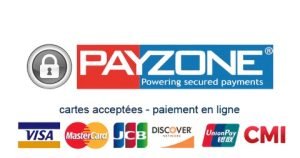After nearly a month of suspension, DHL has quietly reopened its parcel lane to the United States. The pause, which lasted four weeks, left many exporters scrambling for alternatives. At the heart of the disruption was Washington’s decision to end the $800 “de minimis” exemption, a rule that had allowed thousands of low-value packages to cross the Atlantic without duty or complex paperwork.
With the exemption gone, almost every shipment now faces full customs clearance. That means more forms, more checks, and inevitably, more cost. Industry observers estimate that duties and processing fees are adding 12 to 18 percent to the landed price of goods, depending on the product.
For European exporters, the restart is a relief, but not without complications. Fashion houses, spare parts suppliers, and electronics retailers—all heavily dependent on fast transatlantic deliveries—must now adjust their prices and rethink delivery promises. Customs brokers are already warning clients to expect one to two extra days in transit as new checks slow down the pipeline.
Still, timing is everything. With the holiday quarter about to begin, even a slower, more expensive DHL service is better than no service at all. One forwarder in Frankfurt summed it up bluntly: “Yes, the rules have changed. But if you need goods on U.S. shelves by November, this is the only ticket in town.”




















